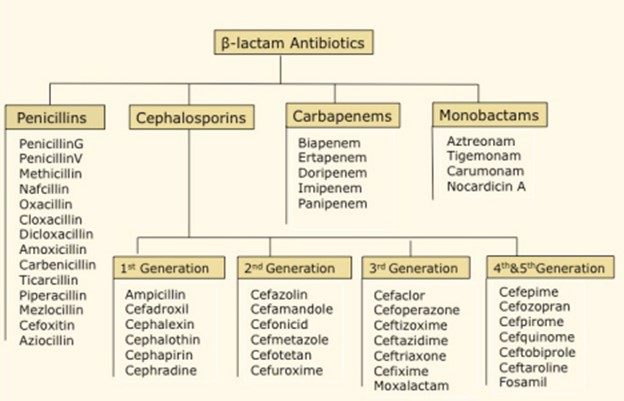You're working as a triage nurse during a disaster situation. Based on the triage color code tags placed on each of the wounded, which tag color represents the wounded who has the highest priority of being treated first?
Black
Green
Yellow
Red
The Correct Answer is D
The red tag is used to identify patients with critical injuries who require immediate medical attention. These individuals have life-threatening conditions that, with prompt medical intervention, have a higher chance of survival.
The triage color code system typically follows the following priority order:
1. Red tag: Immediate or emergent care needed for life-threatening injuries or conditions.
2. Yellow tag: Urgent care needed for significant injuries or conditions that are not immediately life-threatening.
3. Green tag: Non-urgent care needed for minor injuries or illnesses that can wait for medical treatment.
4. Black tag: Comfort care or deceased, as the injuries or conditions are incompatible with life or resources are not available for treatment.
Nursing Test Bank
Naxlex Comprehensive Predictor Exams
Related Questions
Correct Answer is D
Explanation
Nonsteroidal anti-inflammatory drugs (NSAIDs) are a class of medications commonly used to relieve pain, reduce inflammation, and lower fever. They work by inhibiting the production of prostaglandins, which are substances in the body that play a role in pain and inflammation. Celecoxib specifically belongs to the subclass of NSAIDs known as selective COX-2 inhibitors, which target the enzyme cyclooxygenase-2 (COX-2). By selectively inhibiting COX-2, celecoxib helps to reduce inflammation and pain while potentially minimizing the gastrointestinal side effects associated with traditional non-selective NSAIDs.
Correct Answer is D
Explanation
Cephalosporins are similar to another group of beta-lactam antibiotics called the Penicillins. Both cephalosporins and penicillins belong to the beta-lactam class of antibiotics, which share a similar structure and mechanism of action. They inhibit bacterial cell wall synthesis by binding to specific proteins called penicillin-binding proteins (PBPs), leading to bacterial cell death. This shared mechanism of action makes cephalosporins and penicillins similar in their antibacterial effects.
On the other hand, macrolides, fluoroquinolones, and aminoglycosides are different classes of antibiotics with distinct structures and mechanisms of action. They work through different mechanisms to inhibit bacterial growth and have different spectrums of activity compared to beta-lactam antibiotics like cephalosporins and penicillins.

Whether you are a student looking to ace your exams or a practicing nurse seeking to enhance your expertise , our nursing education contents will empower you with the confidence and competence to make a difference in the lives of patients and become a respected leader in the healthcare field.
Visit Naxlex, invest in your future and unlock endless possibilities with our unparalleled nursing education contents today
Report Wrong Answer on the Current Question
Do you disagree with the answer? If yes, what is your expected answer? Explain.
Kindly be descriptive with the issue you are facing.
